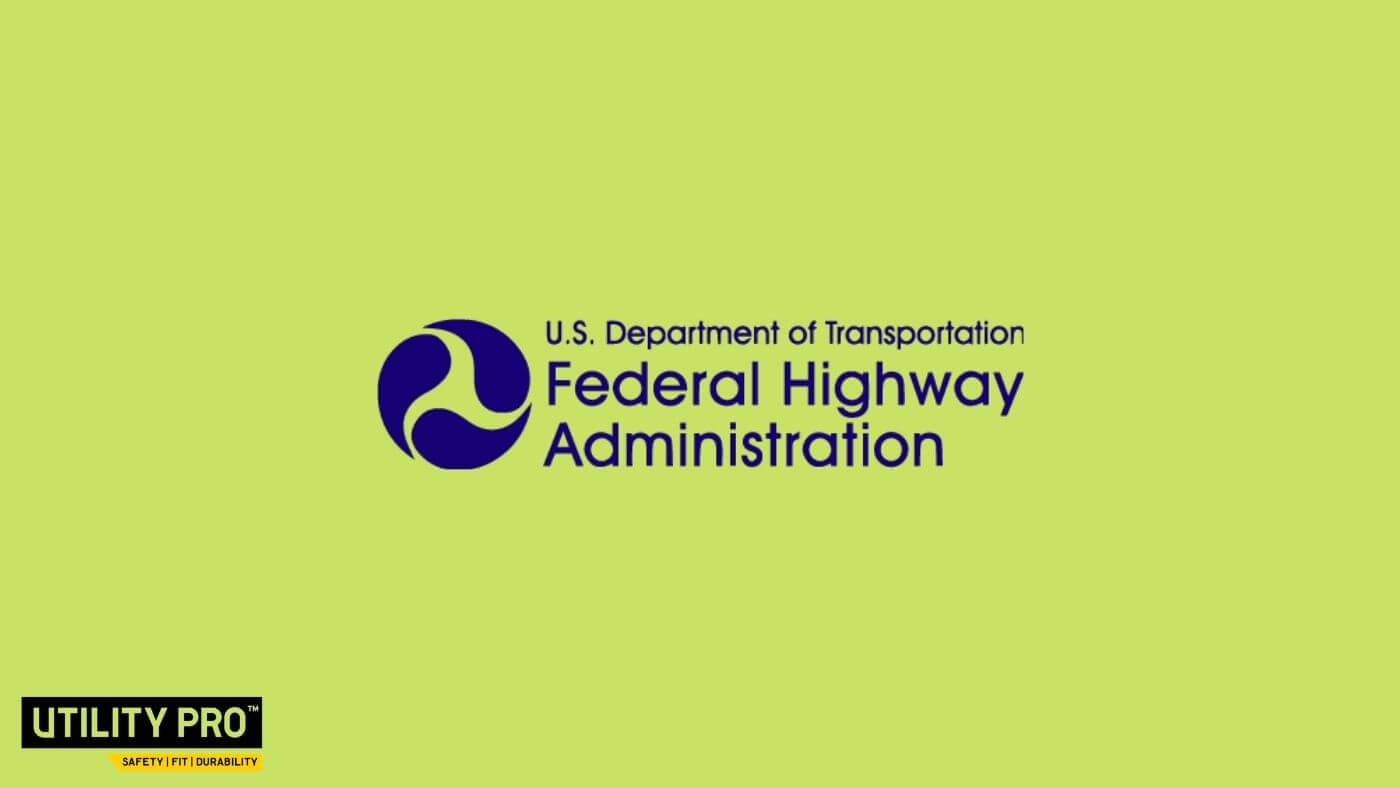Your Cart is Empty
🔥 Free shipping for orders over $50

The Federal Highway Administration (FHWA) of the United States Department of Transportation was established on October 15, 1966, after several predecessor organizations. In practice, it is the agency in charge of establishing worker safety protocols and standards, among other things, particularly those related to high-visibility safety clothing. The following standard is outlined in "Section 6D.03 Worker Safety Considerations" in the most recent edition of the Manual on Uniform Traffic Control Devices (MUTC).
Standard:
04 All workers, including emergency responders, within the right-of-way who are exposed either to traffic (vehicles using the highway for purposes of travel) or to work vehicles and construction equipment within the TTC zone shall wear high-visibility safety apparel that meets the Performance Class 2 or 3 requirements of the ANSI/ISEA 107–2004 publication entitled "American National Standard for High-Visibility Safety Apparel and Headwear" (see Section 1A.11), or equivalent revisions, and labeled as meeting the ANSI 107-2004 standard performance for Class 2 or 3 risk exposure, except as provided in Paragraph 5. A person designated by the employer to be responsible for worker safety shall make the selection of the appropriate class of garment.
Option:
05 Emergency and incident responders and law enforcement personnel within the TTC zone may wear high-visibility safety apparel that meets the performance requirements of the ANSI/ISEA 207-2006 publication entitled "American National Standard for High-Visibility Public Safety Vests" (see Section 1A.11), or equivalent revisions, and labeled as ANSI 207-2006, in lieu of ANSI/ISEA 107-2004 apparel.
Standard:
06 When uniformed law enforcement personnel are used to direct traffic, to investigate crashes, or to handle lane closures, obstructed roadways, and disasters, high-visibility safety apparel as described in this Section shall be worn by the law enforcement personnel.
07 Except as provided in Paragraph 8, firefighters or other emergency responders working within the right-of-way shall wear high-visibility safety apparel as described in this Section.
Option:
08 Firefighters or other emergency responders working within the right-of-way and engaged in emergency operations that directly expose them to flame, fire, heat, and/or hazardous materials may wear retroreflective turn-out gear that is specified and regulated by other organizations, such as the National Fire Protection Association.
09 The following are additional elements of TTC management that may be considered to improve worker safety:
Follow us on Facebook
Follow us on Instagram
| Item | Price | Qty | Total | |
|---|---|---|---|---|
| Subtotal | $0.00 | |||
| Shipping | ||||
| Total | ||||